At first glance, the concept of “play” may conjure images of children frolicking in the park or engaging in carefree activities. But the definition of play extends far beyond these associations. At Studio Balcones, we understand that lifelong play is a fundamental and dynamic aspect of human life that evolves as we age. In this article, we’ll explore what play truly is, delve into the five core principles of play, and discuss the pivotal role landscape architecture plays in shaping these play experiences and the importance of preserving the essence of play throughout our lives.
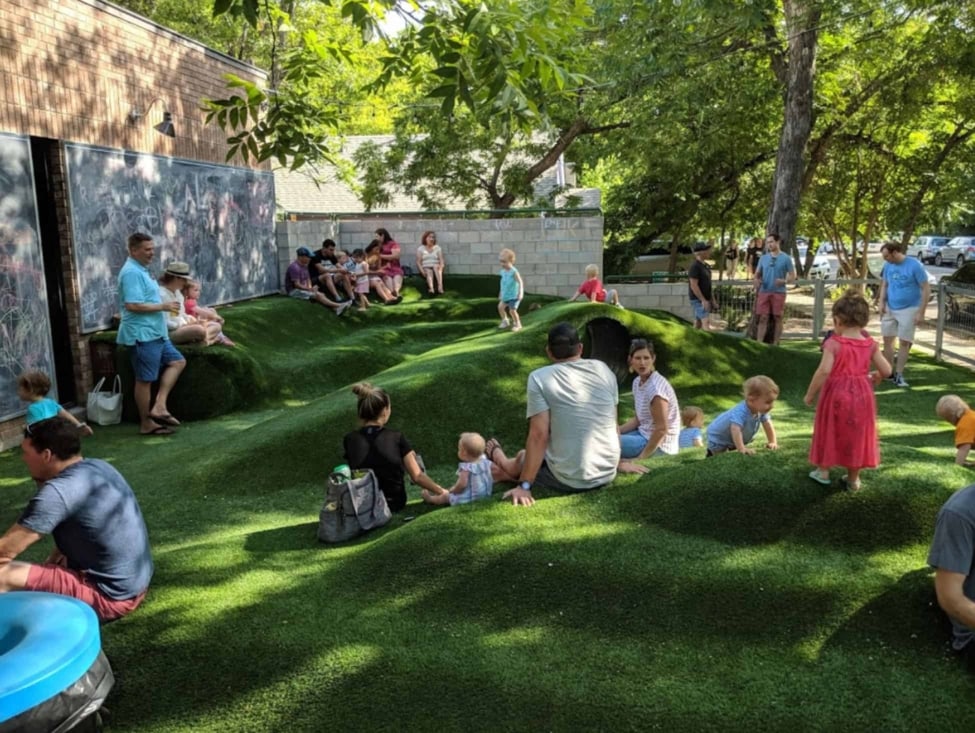
What is Lifelong Play?
Common Belief vs. Formal Understanding
The common belief about play often revolves around nonproductive leisure activities, typically associated with children. However, a more formal understanding reveals that play is the practice of essential life skills in a low-stakes environment. It is a learning activity that extends beyond age, encompassing adults, children, and even animals.
Play needs change as we grow older. While young people engage in play by learning to navigate the physical world, the older we get, the more social and abstract play becomes. It remains a critical aspect of our lives, adapting to our evolving needs and desires.

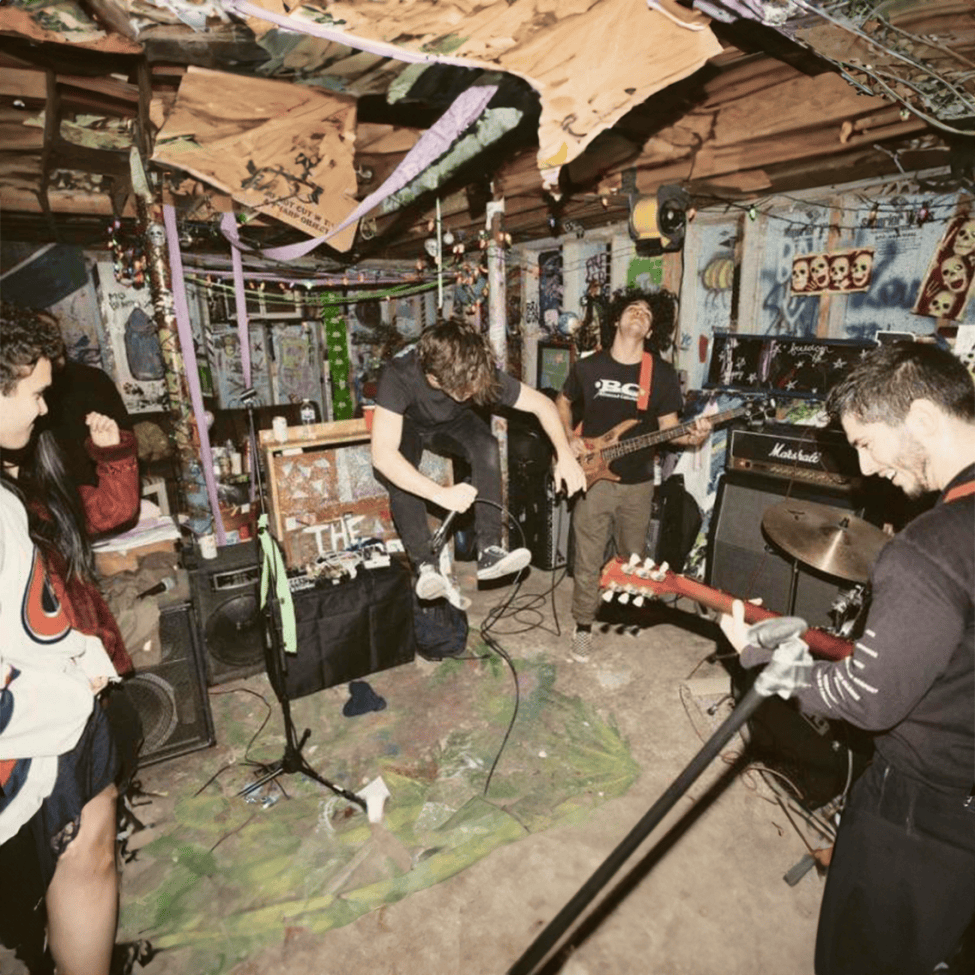
Children view the world with playful eyes, often finding play opportunities where adults see none. By preserving our spatial imagination and bending social norms, we can continue to adapt spaces to meet play needs even into adulthood. Construction sites and storm gutters, for example, can serve as play spaces for both children and adults in different ways. As designers we have the ability to shape our spaces that satisfy both infrastructure and play needs.
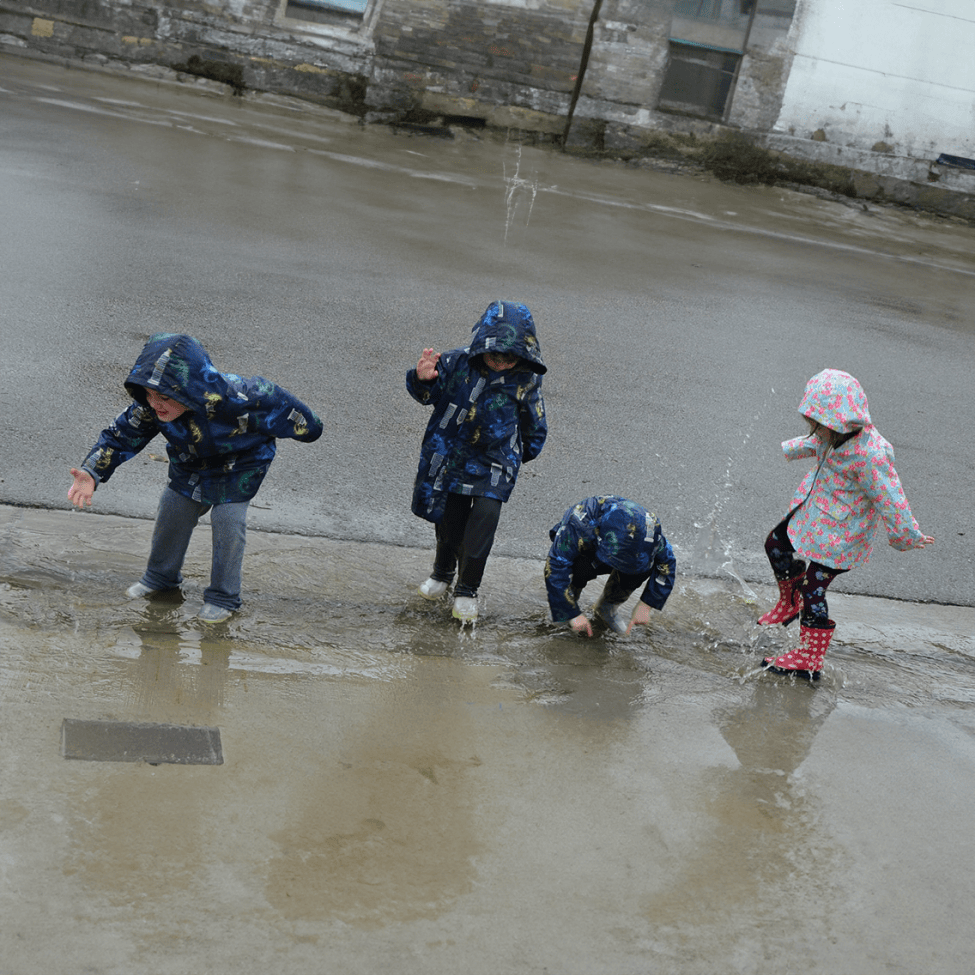
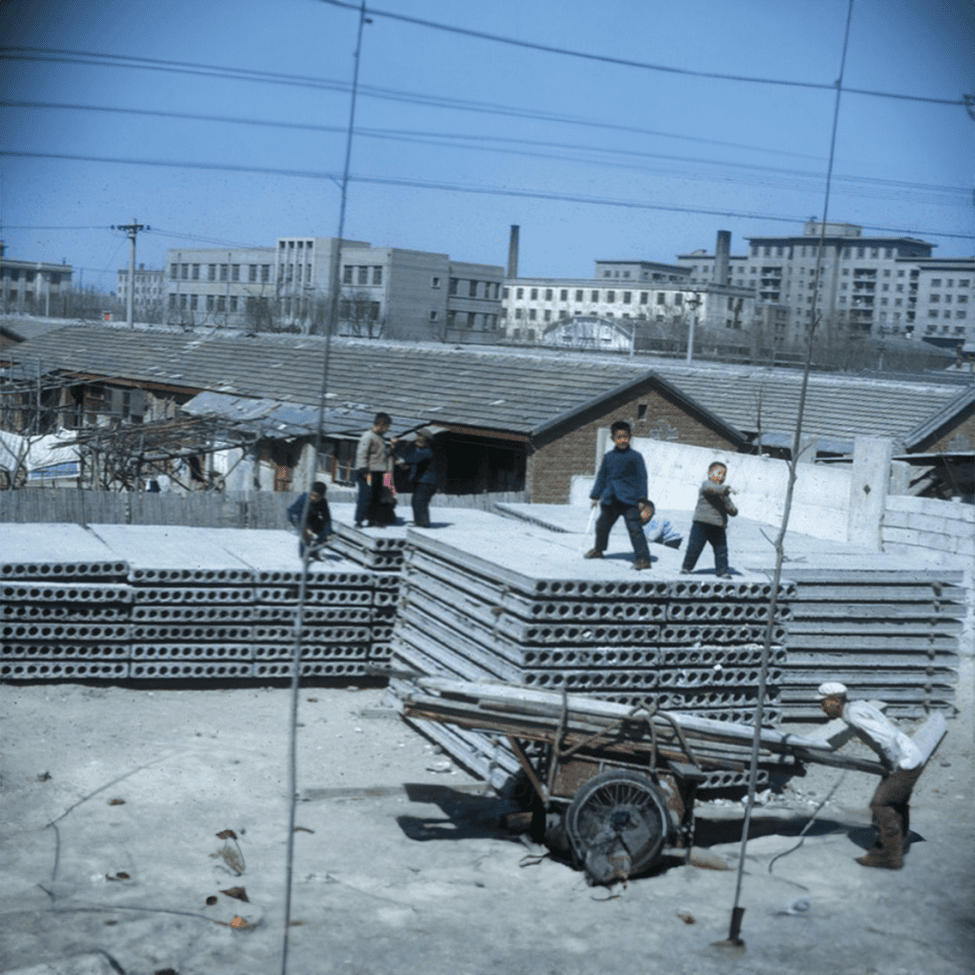
The 5 Most Common Principles of Lifelong Play
1. Play Is Self-Chosen and Self-Directed
At its core, play is a personal choice driven by one’s own interests and desires. It’s an activity that individuals willingly engage in.
2. Play is Intrinsically Motivated—Means are More Valued than Ends
The process and experience of play are more significant than the final outcome. The intrinsic motivation derived from play far outweighs any external rewards.
3. Play is Guided by Mental Rules, but the Rules Leave Room for Creativity
Play often adheres to rules, but these rules are not rigid. They provide a framework for engagement while allowing room for creativity and innovation.
4. Play is Imaginative
Imagination is a cornerstone of play. It involves creating new scenarios, experiences, and ideas, fostering creativity and innovation.
5. Play is Conducted in an Alert, Active, but Relatively Non-Stressed Frame of Mind
Play occurs in a state of alertness and activity, but the stress levels are relatively low. It serves as a source of relaxation and enjoyment, allowing individuals to unwind and engage with the world around them.
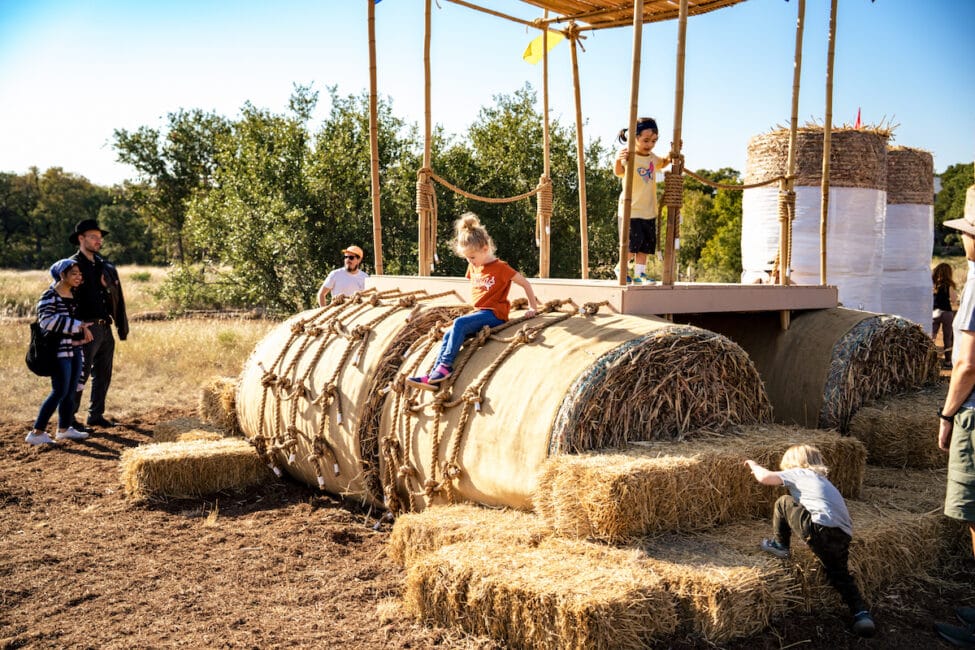
Role of Landscape Design in Lifelong Play
As landscape architects, we play a pivotal role in creating spaces where people can learn and play throughout their lives. Understanding the essence of play allows us to see play opportunities naturally present in the inner workings of our landscapes, and expand on what they have to offer.
Challenges
The difference between common prefab playgrounds and Adventure playgrounds highlights how play opportunities are lacking in our everyday landscapes. Many well-intentioned play spaces are designed for children but often limit creativity and learning.
Strict single-use programming of public spaces can cater to specific play needs but exclude others. By considering various types of play during the design process, we can create inclusive spaces that cater to a wider spectrum of play needs.
Access to suitable play spaces for older children and adults with limited financial means is scarce. The “pay to play” model excludes those who cannot afford it and hinders a stress-free play experience. We believe that play should be accessible to all, regardless of their financial situation.
Opportunities
“Adventure” playgrounds, on the other hand, offer open-ended opportunities for play by providing loose parts and local materials, encouraging imaginative and unscripted activities.
Additionally, we have the opportunity to advocate for inclusive design practices that prioritize accessibility and affordability, ensuring that play remains a fundamental right for everyone, regardless of socioeconomic status.
By embracing biophilic design principles and incorporating elements of nature into our designs, we can create restorative environments that inspire exploration, imagination, and discovery.
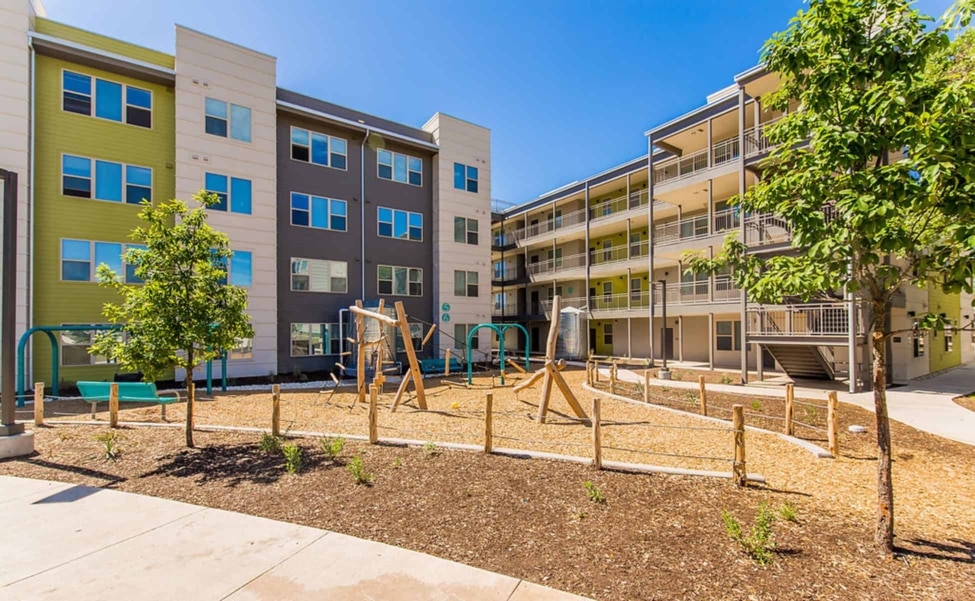
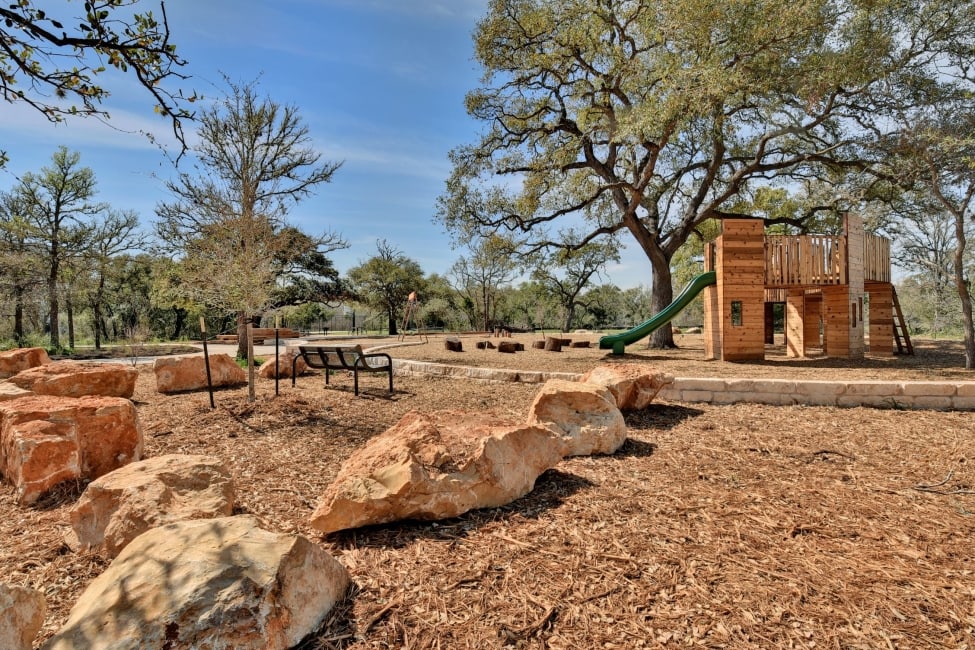
Landscape architecture plays a vital role in shaping play experiences throughout our lives. By understanding the true essence of play and designing environments that cater to diverse needs, we can create inclusive and accessible spaces for all ages. Let us all continue to champion the value of play as an essential component of human life—promoting learning, creativity, and well-being throughout the lifespan.